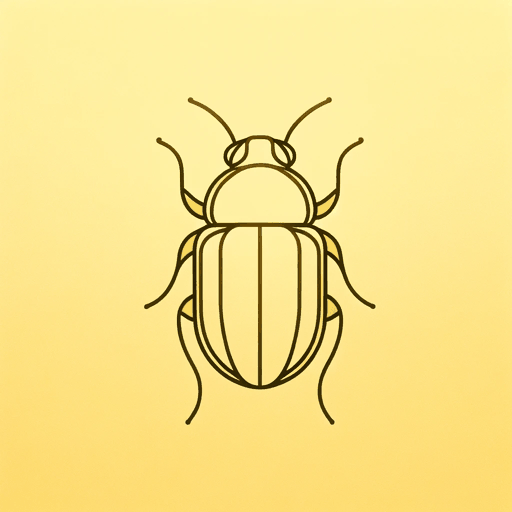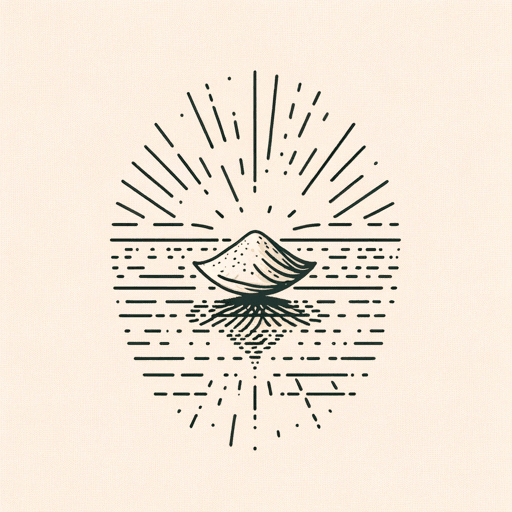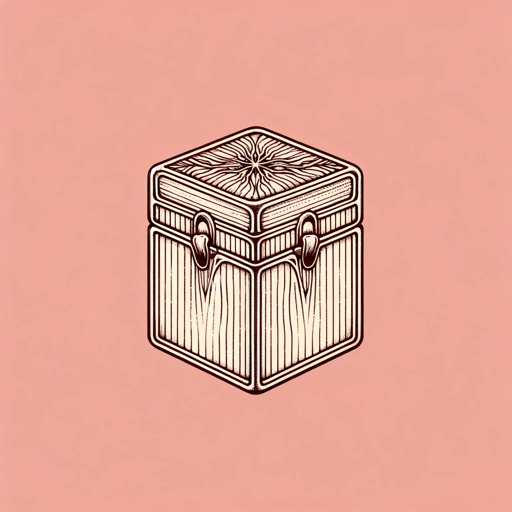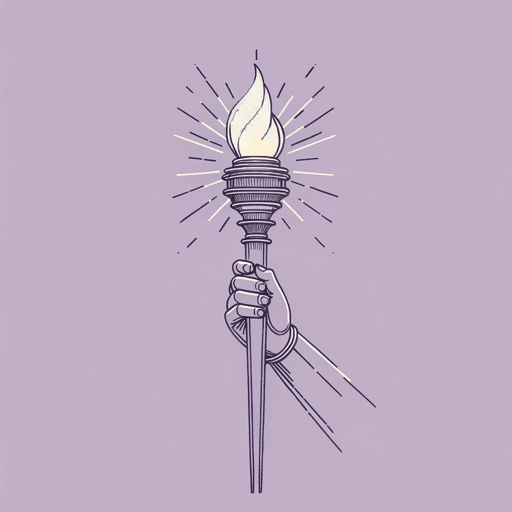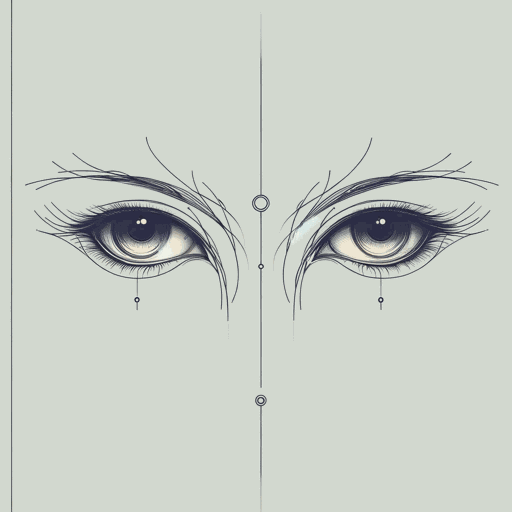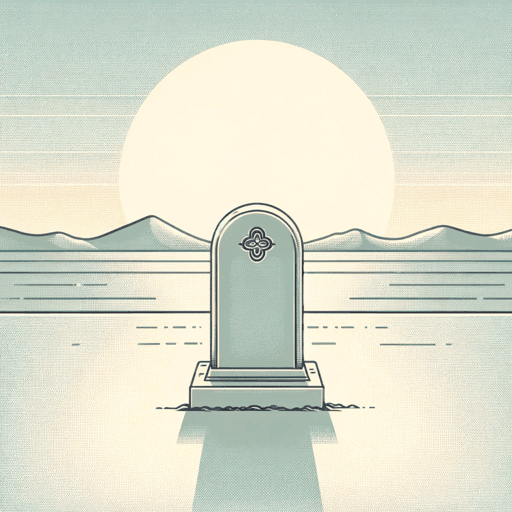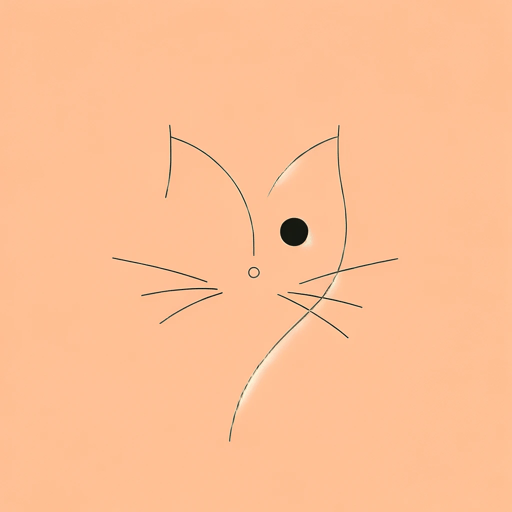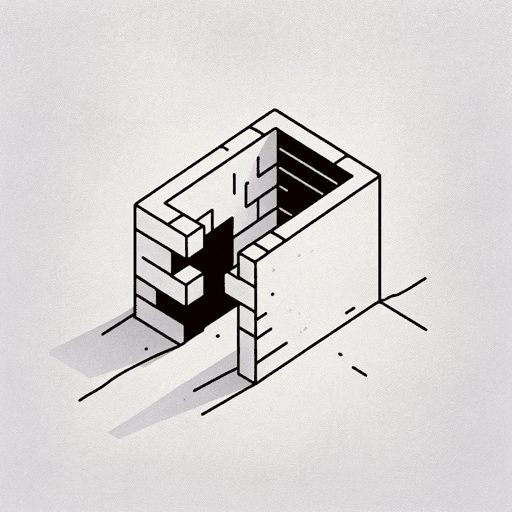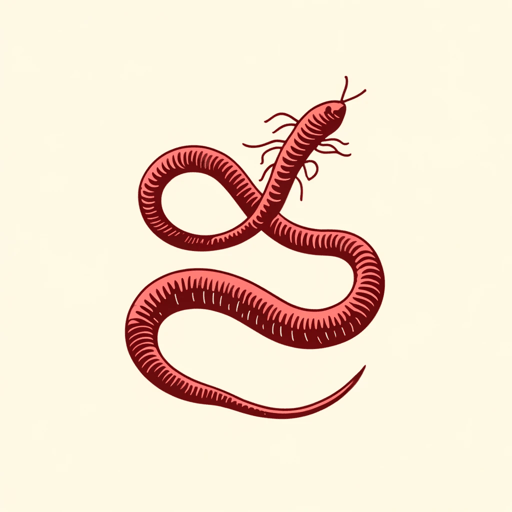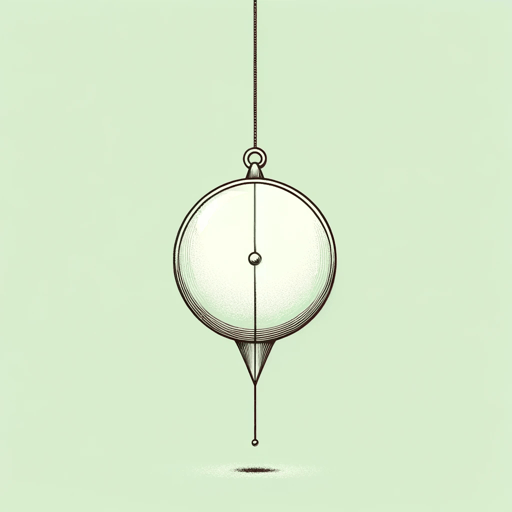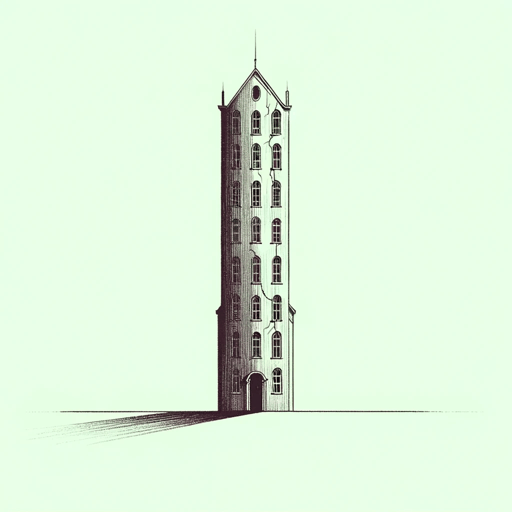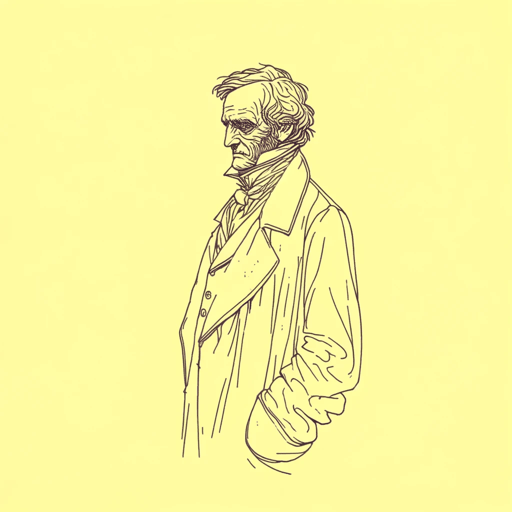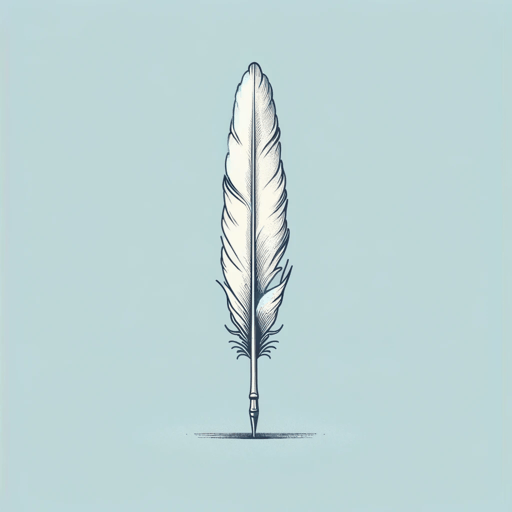32 pages • 1 hour read
Edgar Allan PoeThe Gold Bug
Fiction | Short Story | Adult | Published in 1843A modern alternative to SparkNotes and CliffsNotes, SuperSummary offers high-quality Study Guides with detailed chapter summaries and analysis of major themes, characters, and more.
Summary and Study Guide
Story Summary: “The Gold-Bug”
An instant success, Edgar Allen Poe’s “The Gold-Bug” was published in 1843. Poe submitted the short story to a writing competition that was sponsored by the Philadelphia Dollar Newspaper. “The Gold-Bug” was awarded first place and subsequently published in three installments. The story was Poe’s most widely read work during his lifetime. This guide refers to the 2021 Amazon Kindle eBook edition of “The Gold-Bug.”
“The Gold-Bug” is a mystery and has been viewed by critics as an early example of detective fiction, as a central part of the plot revolves around solving a cryptogram to uncover directions to buried treasure. The story popularized cyphers and secret writing, but more sinister undercurrents bubble below the feel-good adventure elements. The fear of mental illness reveals attitudes of a society in which mental health conditions were stigmatized, whilst the negative characterization of Jupiter, an African American servant, is based on racist stereotypes. This guide quotes and obscures the author’s use of the n-word.
The story opens with an anonymous narrator recounting how he came to be acquainted with Mr. William Legrand, a member of an old Huguenot family from New Orleans. Legrand had once been wealthy, but a series of unfortunate events led him to impoverishment. He relocated to Sullivan’s Island in South Carolina to avoid the shame of his reduced circumstances. Accompanying Legrand is Jupiter, an emancipated slave who refuses to abandon his old master. Legrand builds himself a hut on Sullivan’s Island, which is largely wilderness, and it is here that he and the narrator meet and become friends.
One unusually cold day in October, the narrator is making his way to visit Legrand, but finds he is not home. The narrator lets himself in and discovers a welcoming fire burning. Soon after nightfall, Legrand and Jupiter arrive home. Pleased to see his friend, Legrand enthusiastically tells the narrator that he has discovered a new species of scarabaeus. Legrand wants to show the narrator the beetle, but on the way home he bumped into the Lieutenant from the nearby fort and lent him the bug, which is “of a brilliant gold color—about the size of a large hickory nut–with two jet black spots near one extremity of the back, and another, somewhat longer, at the other” (8). Amazed by the color of the beetle, Jupiter is convinced that the bug is solid gold.
Legrand looks for some paper so that he can draw the beetle. Initially unable to find any, Legrand finally pulls what looks like a scrap of dirty paper from his waistcoat and begins to sketch out the bug. Just as Legrand is handing the drawing over, his pet Newfoundland bounds in and excitedly licks the narrator all over. After saying hello to the dog, the narrator turns his attention to Legrand’s sketch, but is very confused. The drawing doesn’t look anything like a beetle at all, but resembles “a skull, or a death’s head” (9). Perplexed, the narrator hands the paper back to Legrand, gently jibing that he is not much of an artist—he hasn’t even included the antennae that he previously described. Legrand is irritated and insists he did draw the antennae. Taking his sketch back, a ruffled Legrand is about to screw it up “when a casual glance at the design seemed suddenly to rivet his attention” (11). Legrand furiously begins to study the scrap of paper, first where he sits and then by candlelight in the far corner of the room. Legrand does not explain what he is doing, and the narrator is astonished by his friend’s odd behavior. In the end, Legrand composes himself and puts the paper away, but he remains distracted for the rest of the narrator’s visit.
Over a month later, the narrator receives a visit from a troubled Jupiter, who claims Legrand. He implies that his master has lost his mind. Jupiter confides that Legrand keeps a cypher with strange figures that he obsesses over, and he once disappeared all day. The servant blames his master’s apparent illness on the discovery of the gold-bug, which bit Legrand when he first tried to catch it; now, Legrand talks about gold in his sleep. Jupiter hands over a letter from his master. Legrand writes to confirm he has not been well, but that Jupiter annoys him, and he wants the narrator to visit him that night because he has something important to tell him. The narrator is alarmed at the tone of Legrand’s letter and agrees to return with Jupiter. When the pair reach the boat that will take them to Sullivan’s Island, the narrator spots a scythe and three spades that Legrand instructed Jupiter to buy, although the servant doesn’t know why his master wants the tools.
Arriving back at the island, Jupiter and the narrator find Legrand eagerly awaiting them, though he is “pale even to ghastliness” and his eyes have an “unnatural luster” (14). Legrand has retrieved the gold-bug from the Lieutenant and claims that Jupiter is right after all—it is a “bug of REAL GOLD” (14). The narrator is incredulous at this bizarre assertion, but Legrand is convinced the bug will make his fortune. The narrator cautions his friend that he is ill and must have bed rest, though Legrand isn’t exhibiting any sign of fever or physical illness. Legrand rebuffs the narrator’s advice and tells him that the only way to relieve the nervous excitement from which he is suffering, is for the narrator to join Jupiter and himself on a nightlong expedition in connection with the gold-bug. The narrator fears his friend is experiencing a mental health condition, but he agrees to accompany him on the condition that Legrand promises to follow his advice when they return.
The trio, along with Legrand’s dog, depart on their mysterious expedition, with Jupiter carrying the spades and scythes. Jupiter curses the gold-bug, whilst Legrand contentedly walks along, swinging the beetle from a length of whipcord, and “twirling it to and fro, with the air of a conjurer” (15). The narrator is upset by Legrand’s behavior and takes it as further evidence of his insanity. Legrand leads the group across the island, apparently consulting landmarks as he goes, but refusing to disclose what he is looking for. Eventually, the party arrives at a hill that is thickly covered in brambles. Jupiter clears a path using one of the scythes, and the trio ascend until they reach the foot of an enormous tulip tree. The narrator remarks that the tree surpasses all other trees “in the beauty of its foliage and form” (16).
Legrand asks Jupiter to climb the tree, telling him to take the gold-bug with him. Jupiter is reluctant to touch the bug, believing it to be dangerous, but Legrand forces him to comply with the threat of a beating. Jupiter begins to scale the tree, and Legrand instructs him to climb to the eighth branch. Once there, Jupiter reports that the branch is rotten, and he is afraid it will break. He threatens to throw the gold-bug away under the guise of reducing the weight on the branch. Legrand is enraged and first threatens to beat Jupiter, then bribes him with a silver dollar to continue out onto the branch as far as it is safe. Edging his way onto the branch, Jupiter is horrified to encounter a human skull fastened to the tree.
Legrand orders Jupiter to suspend the gold-bug on its piece of string through the left eye of the skull. After some confusion, Jupiter says he has done this and Legrand spots the hanging bug and marks the place where the bug would fall, should Jupiter let go of the string. Legrand proceeds to make a series of measurements, eventually marking out a rough circle and telling his companions to begin digging. The narrator believes Legrand has become deranged with fantasies of buried treasure, but he complies with Legrand’s orders if only to prove his friend wrong.
After two hours, the group have found nothing. Legrand is bitterly disappointed. The trio begins to pack up and head for home when Legrand seizes Jupiter and furiously demands he point to his left eye. When Jupiter touches his right eye, Legrand forces the group to return to the tree and repeat the whole exercise, adjusting all the measurements slightly. The narrator, seeing some method in his friend’s mental health experience, begins to feel a sense of excitement and digs eagerly. Legrand’s dog begins to howl, and when Jupiter attempts to muzzle it, it jumps into the hole that the men are digging and claws up the earth itself. The dog’s digging reveals two human skeletons, and Jupiter is impressed but Legrand is crestfallen, urging his servant and the narrator to keep working.
Almost immediately, the narrator stumbles over an iron ring and the group unearths a large wooden chest. Opening the lid, the group discovers “a treasure of incalculable value” (23). All the men are amazed to find the box is full of gold and jewels. Rousing themselves, the trio begins to remove the treasure, as the chest is too heavy to lift with the weight of all its contents. The process of moving all the gold and jewels to Legrand’s hut requires a return trip, and once they have finished, the men sleep for several hours. Upon waking, the group calculates their newfound wealth and estimates the treasure’s worth at a million and a half dollars, although the narrator notes that they subsequently discovered that they had greatly undervalued it.
At last, Legrand explains the strange chain of events and how he came to know of the buried treasure. On the day that Legrand found the gold-bug, Jupiter picked up a stray piece of parchment to wrap it in. Legrand absentmindedly kept hold of the parchment, even when he later passed the bug on to the lieutenant. That evening, when Legrand was unable to find any paper, he rediscovered the parchment and used it to draw the bug for the narrator. In a series of coincidences, the unusually cold weather and the interruption of Legrand’s dog, the narrator ended up holding the parchment very close to the hearth. The heat revealed an invisible ink drawing of a skull, the symbol of pirates, explaining why the narrator was unable to see the beetle that Legrand sketched.
Legrand reveals that the parchment also contained a cryptogram, which he deciphered as directions to buried treasure, hidden by the pirate Captain Kidd. Poe goes to significant lengths to explain how to crack the cypher. The last part of the puzzle required a bullet or weight to be dropped through the left eye socket of the skull in the tulip tree, which is why their first dig failed—because Jupiter dropped the bug through the right eye socket by mistake. At this point, the narrator questions why Legrand insisted on dropping the gold-bug through the skull’s eye, and not a bullet as the cypher suggested—he also queries Legrand’s odd behavior. Legrand confesses that he was annoyed that his friend doubted his sanity and so resolved to punish him with “a little bit of sober mystification” (37), playing along with the narrator’s conviction that he had lost his mind.
Legrand supposes that the skeletons they found could have been members of Kidd’s crew, who Kidd used to help transport and bury the chest and then murdered to ensure the location of the treasure remained known only to him.








Related Titles
By Edgar Allan Poe
